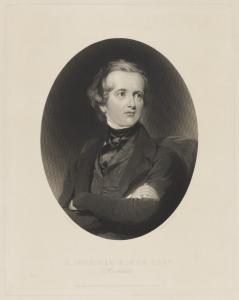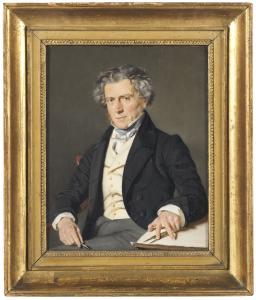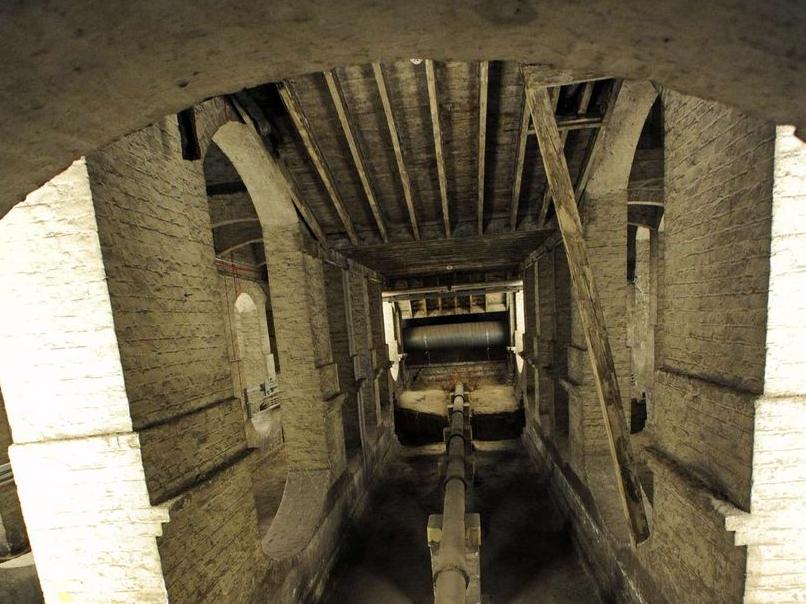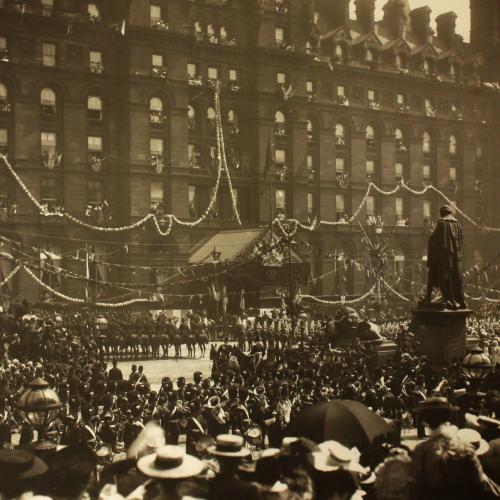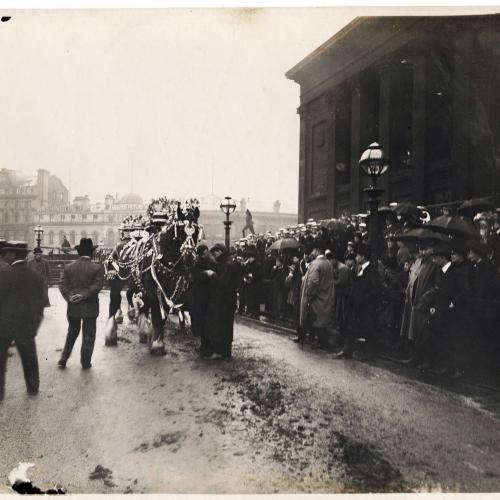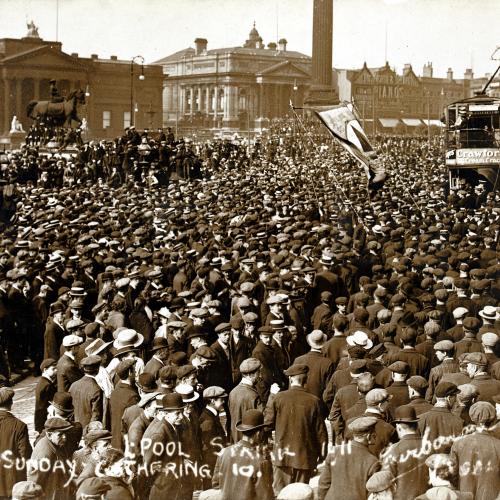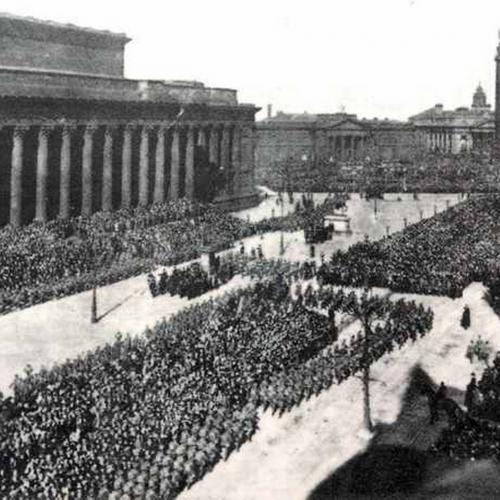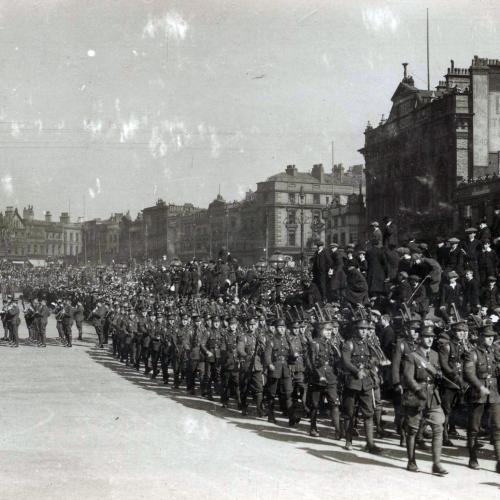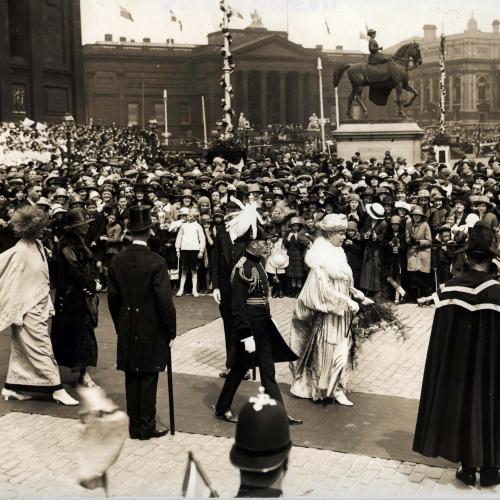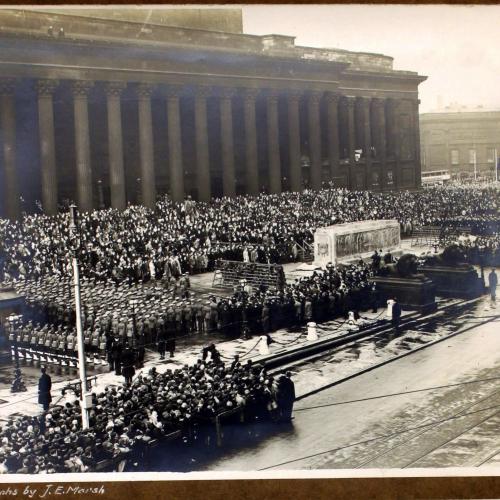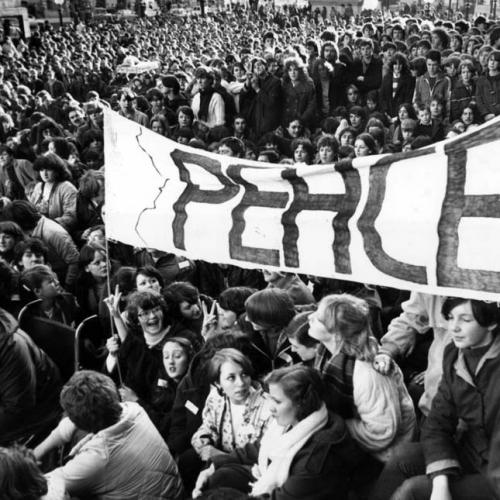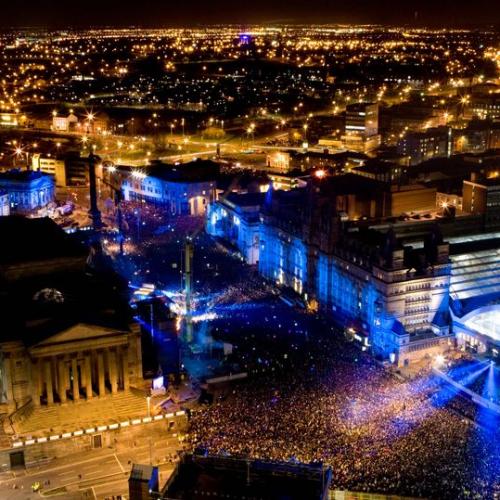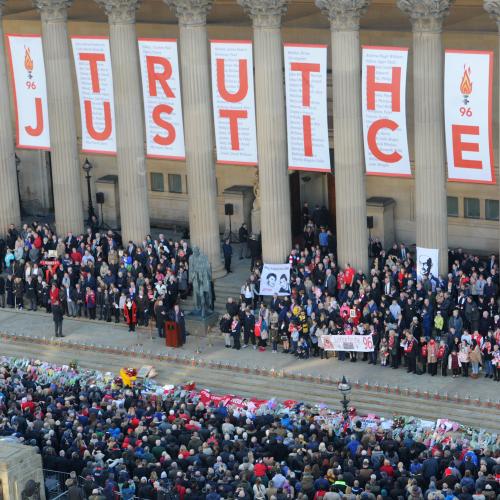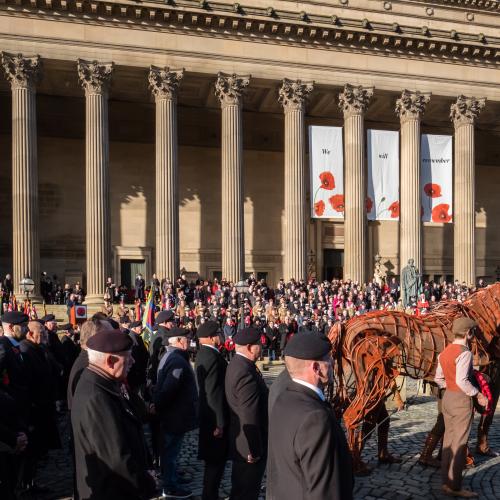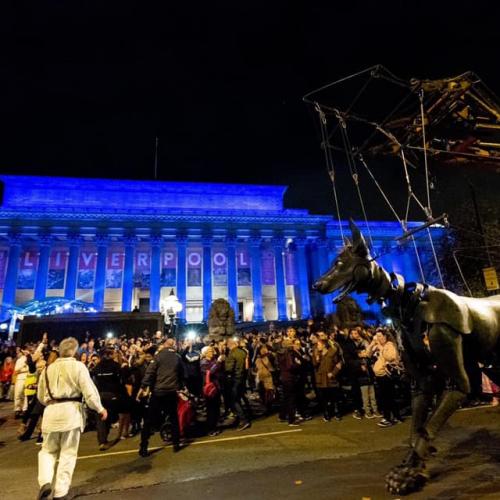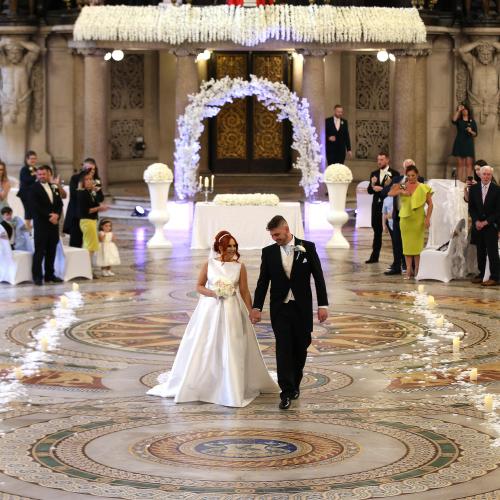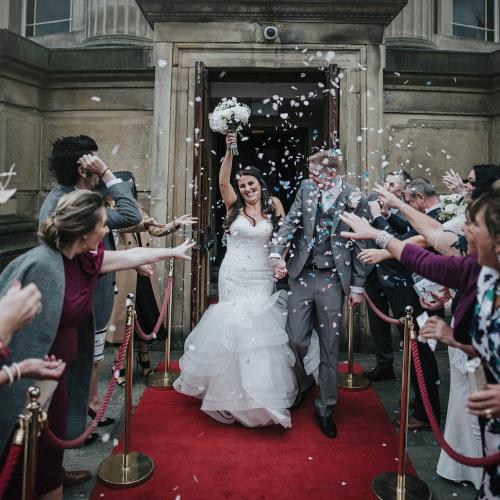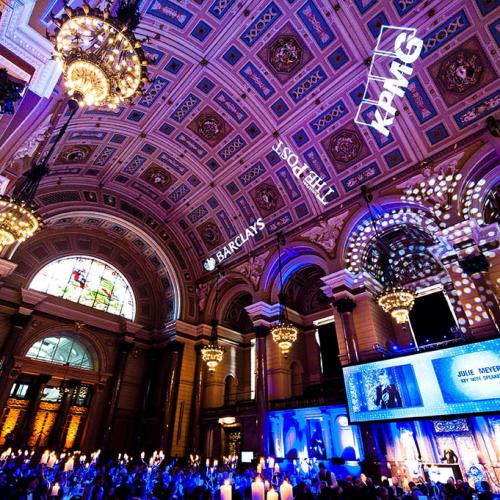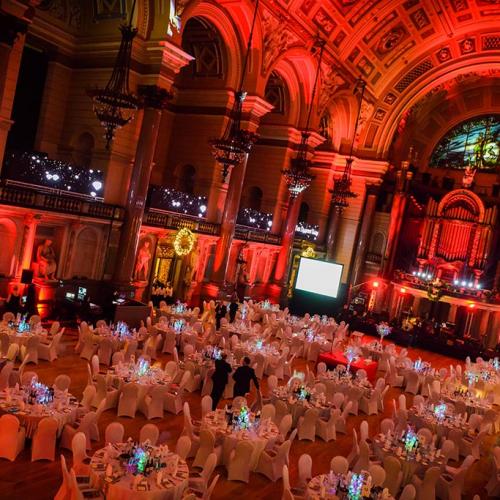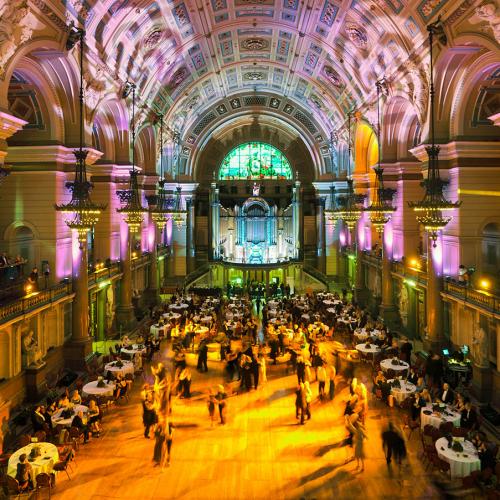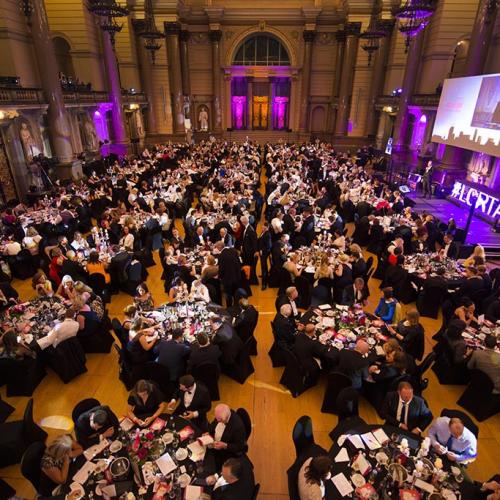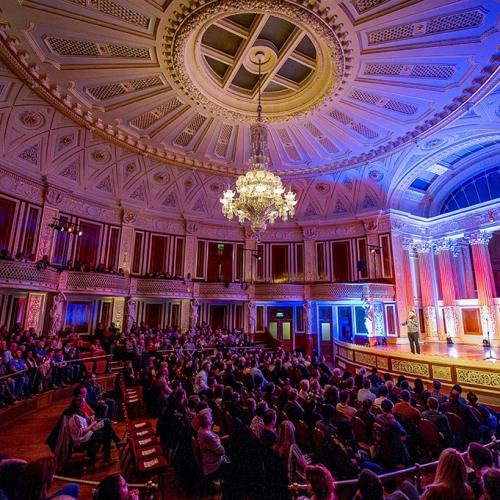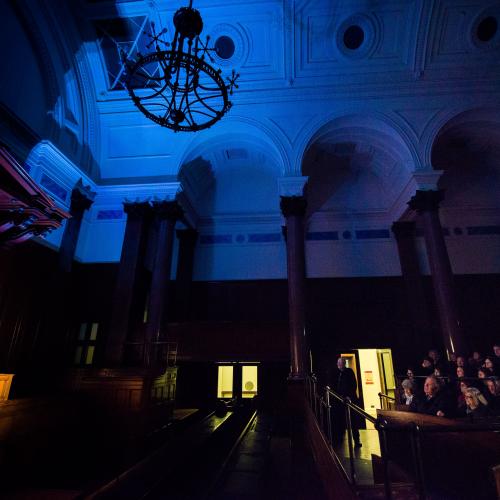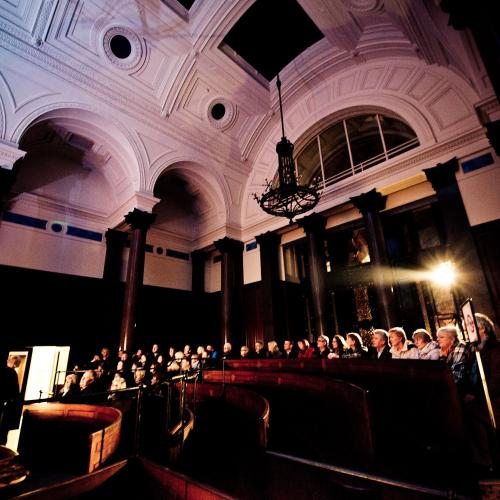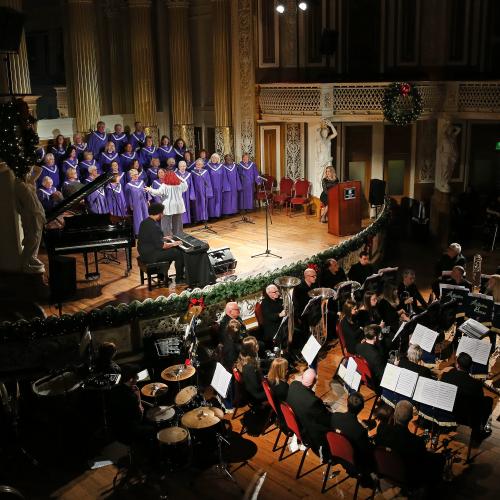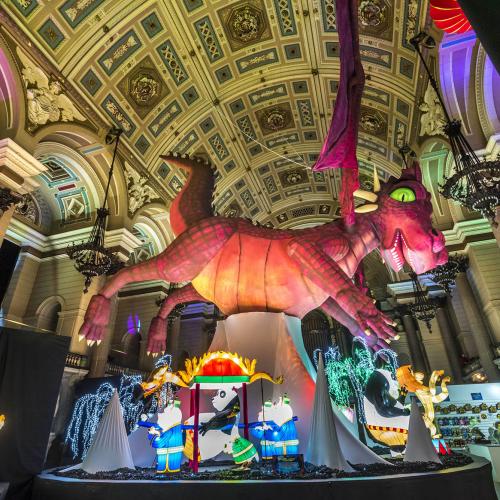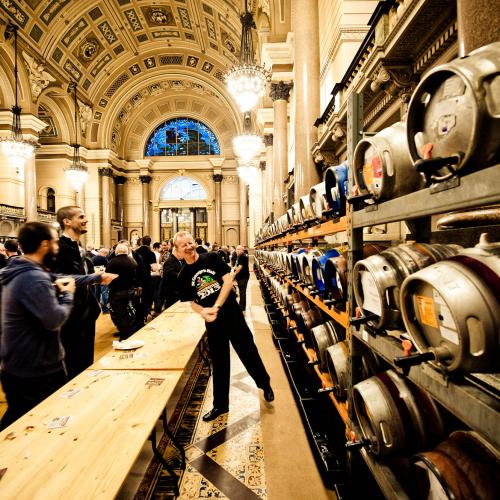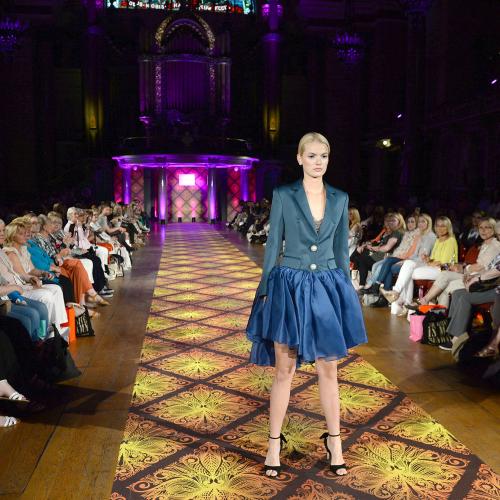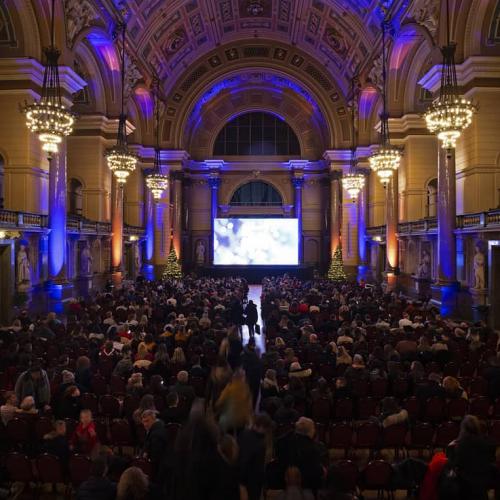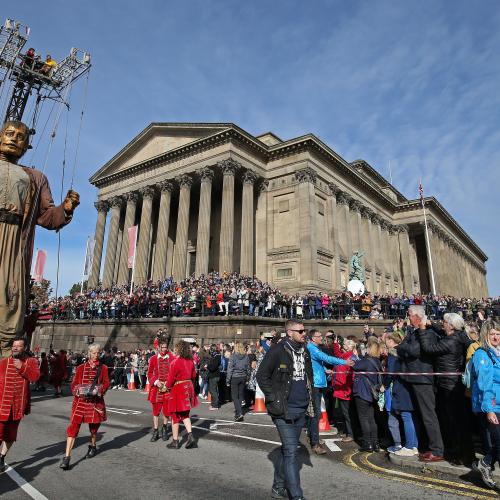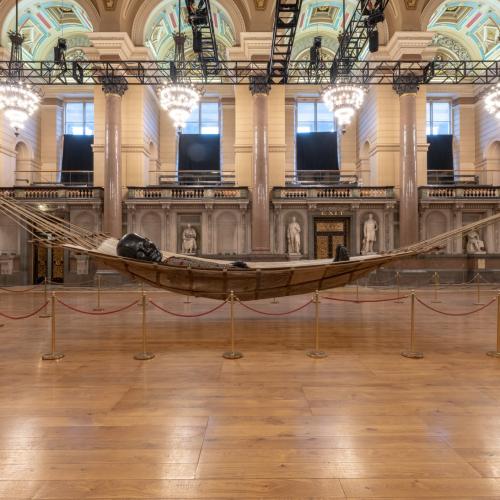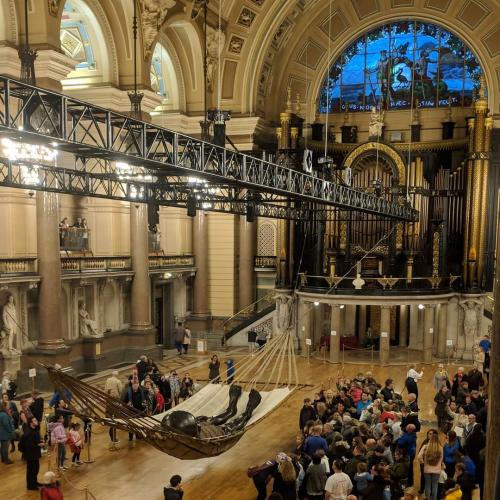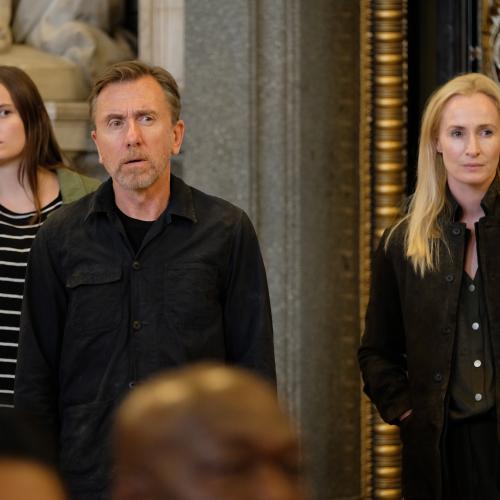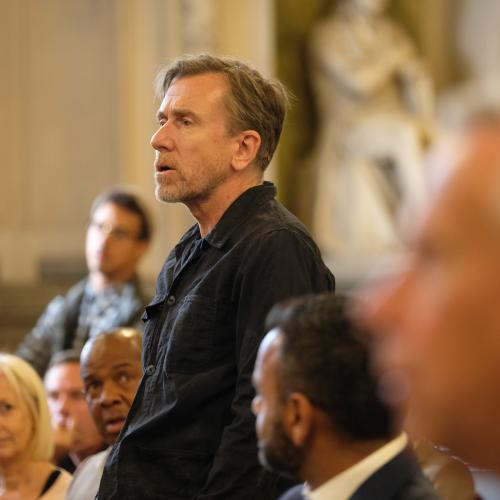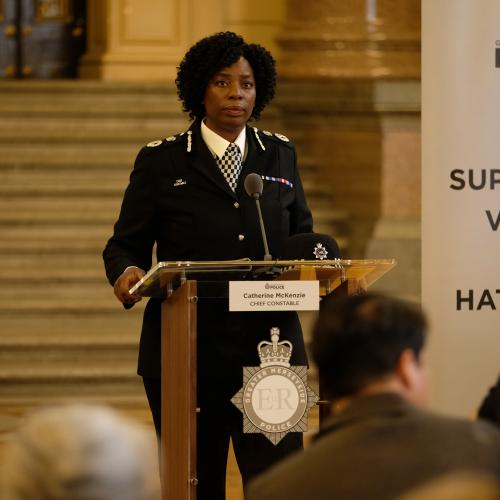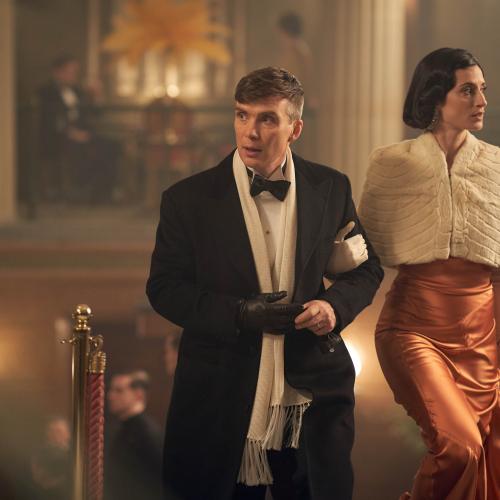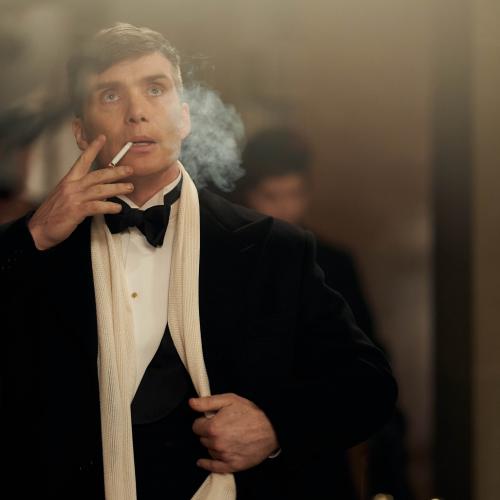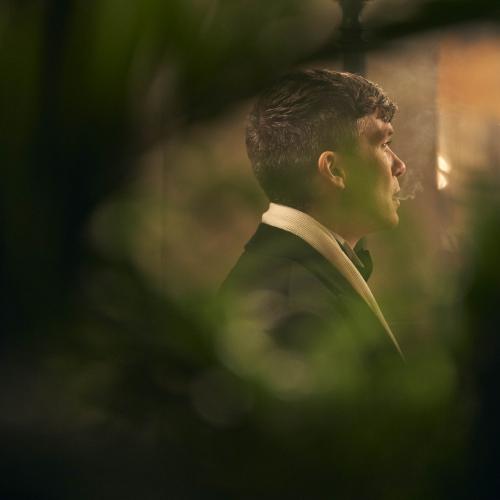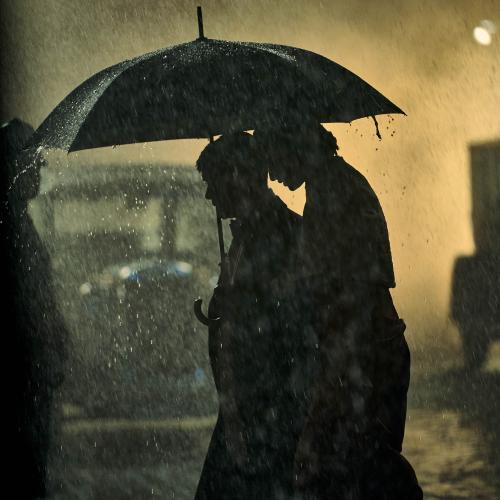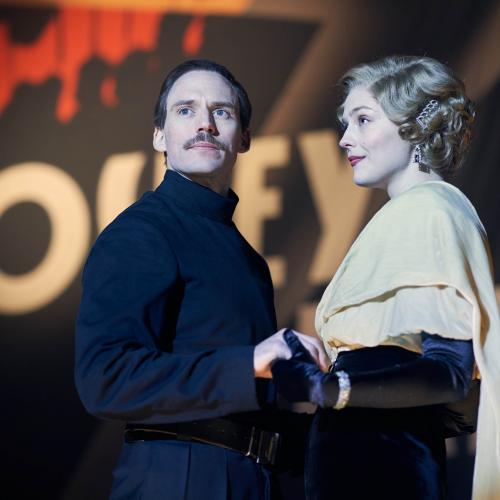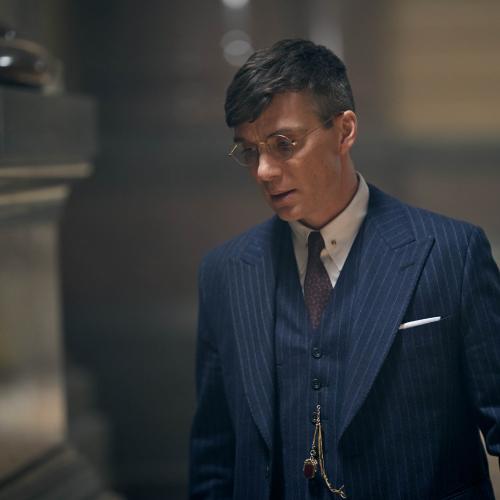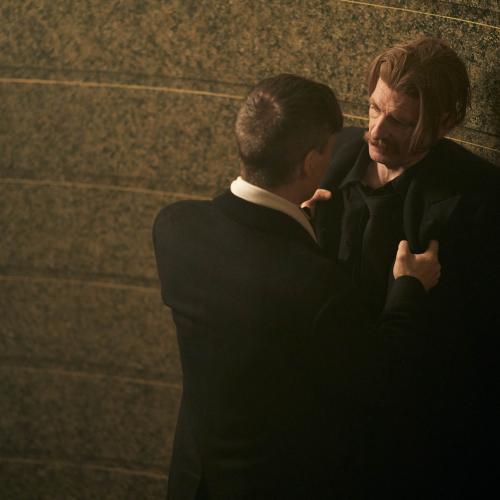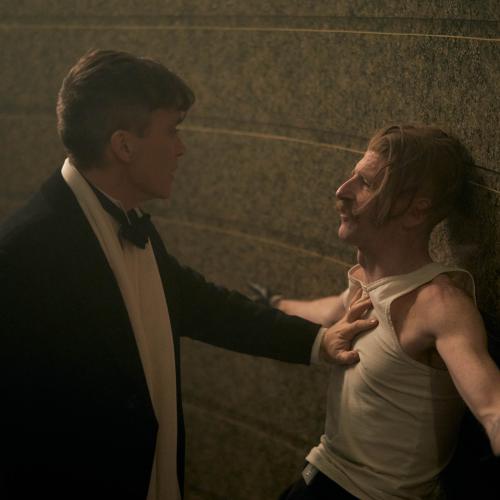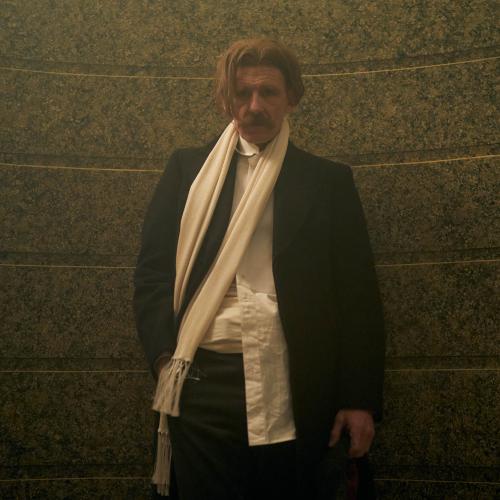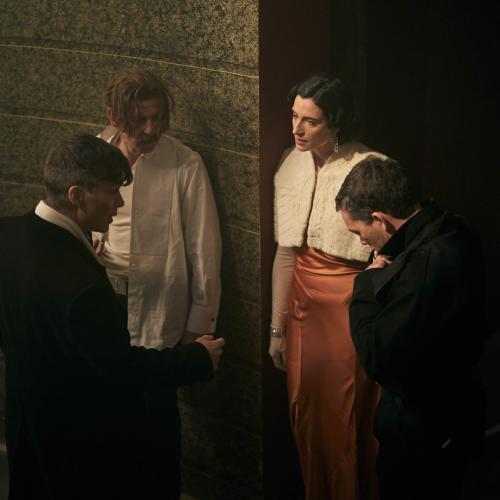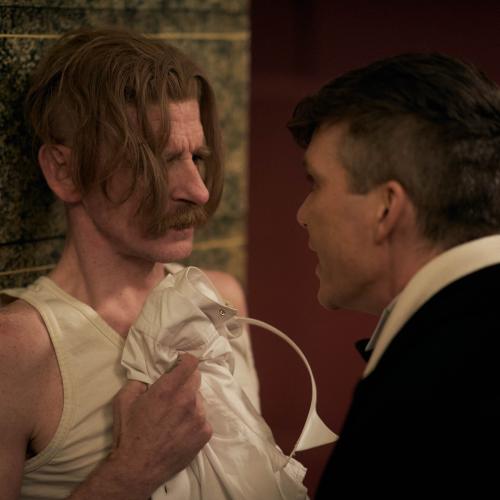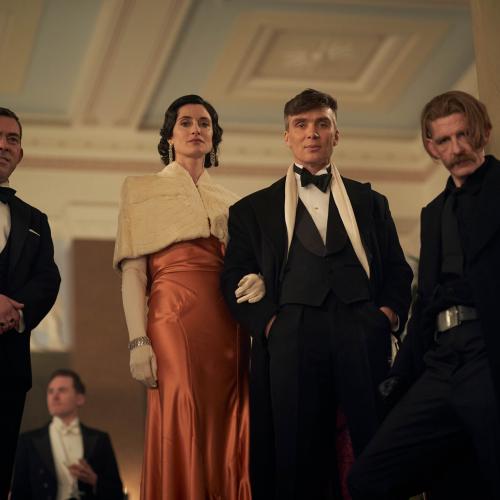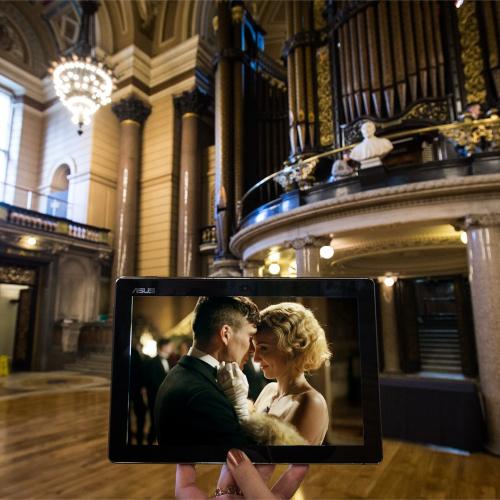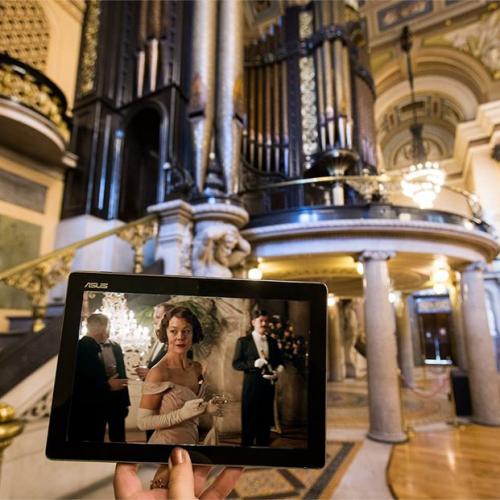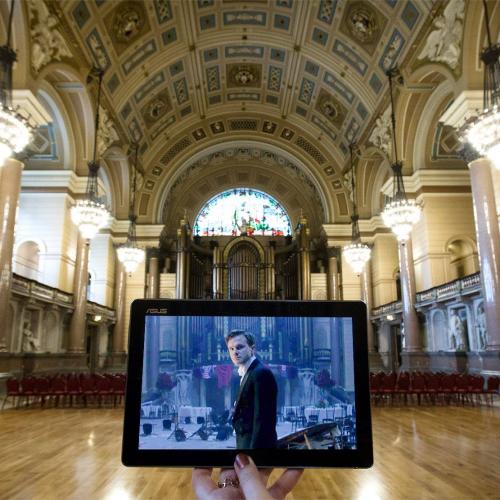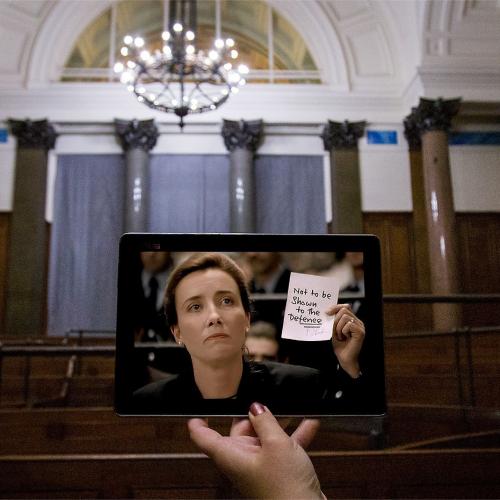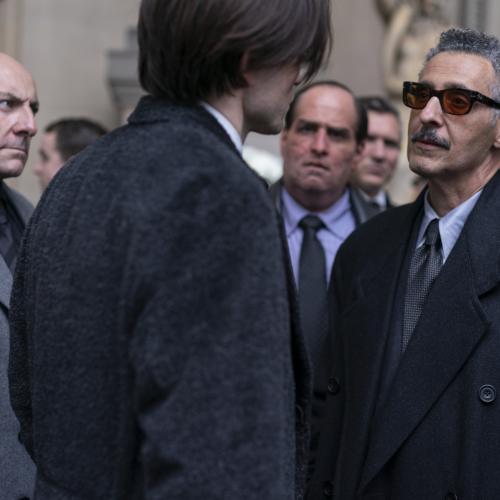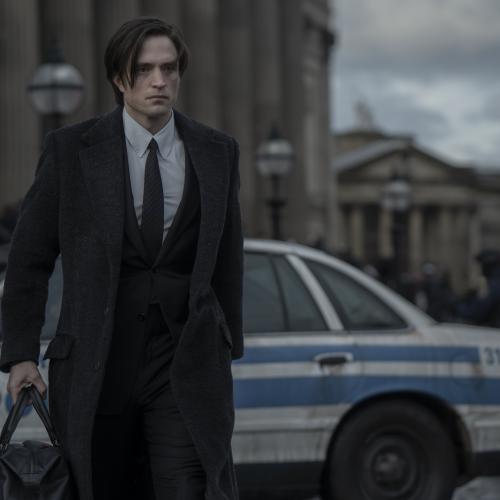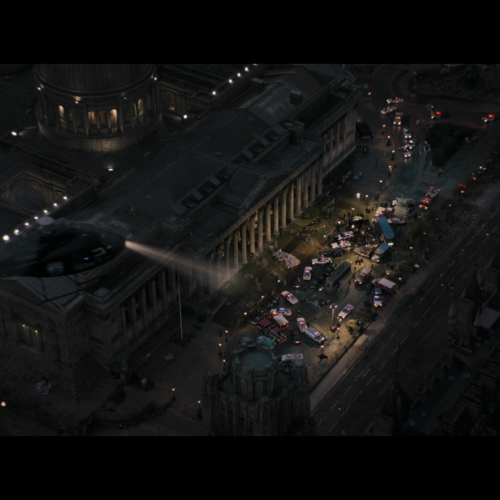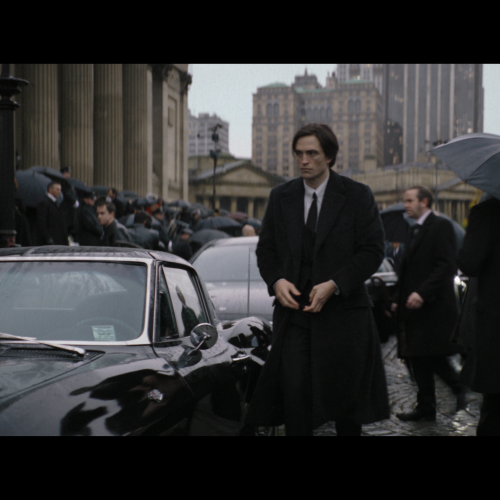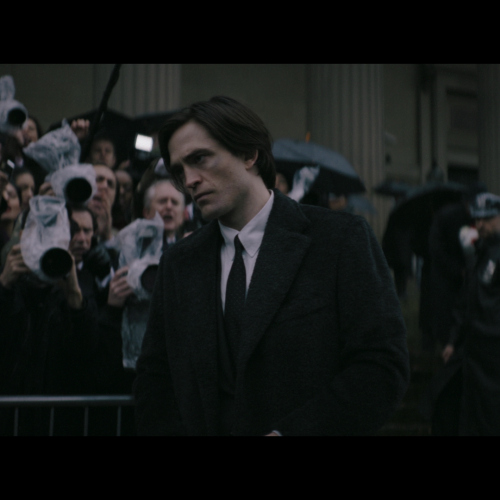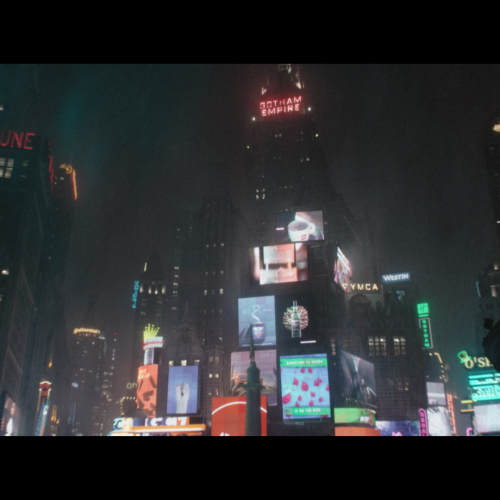Discover
Welcome to St George’s Hall, Liverpool. Recognised as one of the finest neoclassical buildings in the world, this history-steeped Grade I listed building has earned a stellar reputation as a landmark venue for weddings, corporate events, live performances, exhibitions, tours and immersive experiences since its official reopening by King Charles III (then known as Prince Charles) back in 2007.
Situated opposite Lime Street station, St George’s Hall forms an intrinsic part of Liverpool’s William Brown Conservation Area and provides a magnificent welcome to the city, reflecting the pride and passion of its Victorian creators…
The Birth of St George’s Hall
Liverpool had long desired a grand hall for festivals and concerts – and in 1838, a foundation stone was laid to celebrate the coronation of Queen Victoria*.
The following year, proposals for new law courts for the rapidly expanding port were also unveiled.
Design competitions were announced for each building, offering prizes of 250 guineas and £300 respectively and attracting dozens of entries from the most eminent and experienced architects of the age.
Yet it was a little-known 25-year-old, Harvey Lonsdale Elmes, who triumphed in both competitions.
The concert hall was to be built through public subscription, but with funding slow in materialising, in 1840 Elmes was asked by the town council to create a new design amalgamating law, order and entertainment under one roof. The result was what is now St George’s Hall.
Work began on the imposing neoclassical public building in 1841.
Elmes died prematurely in 1847, and the task of overseeing the Hall’s completion initially fell to the corporation surveyor John Weightman and structural engineer – and Elmes’ friend – Robert Rawlinson.
Architect Charles Cockerell was appointed in 1851 and it is he who was responsible for much of its rich and splendid interior.
St George’s Hall was opened with great ceremony in September 1854, with Liverpool architect Joseph Boult declaring it: “One of the most important architectural works which this country has produced since the Reformation.”
*The foundation stone laid in 1838 did not form part of the final construction, which began in 1841
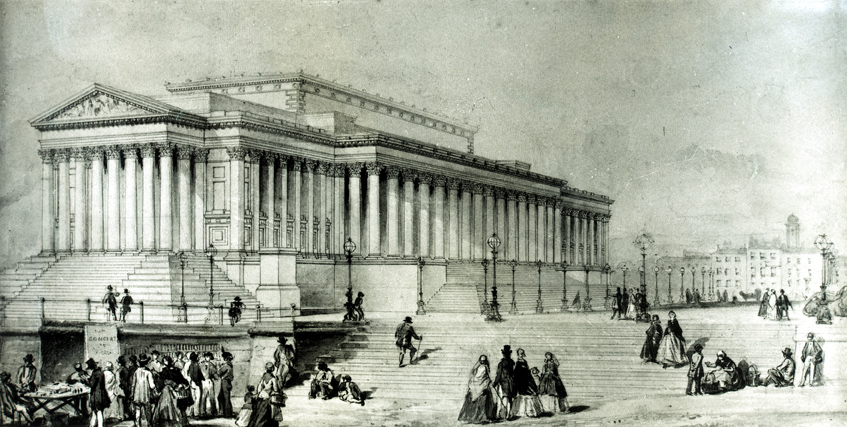
St George’s Hall, Liverpool © Liverpool Record Office
Heritage & Architectural Feats
“…possibly the only building where you could be tried for murder, have a ball or listen to a concert all under one roof.” – BBC Archives
The above quote is testament to the unique concept and design of St George’s Hall. While strict law enforcements were being wielded through the use of the courts and holding cells, lavish parties were being held in the Great Hall and live performances were being staged in the Concert Room.
Aside from this distinction, the Hall boasts many architectural feats…
The Great Hall
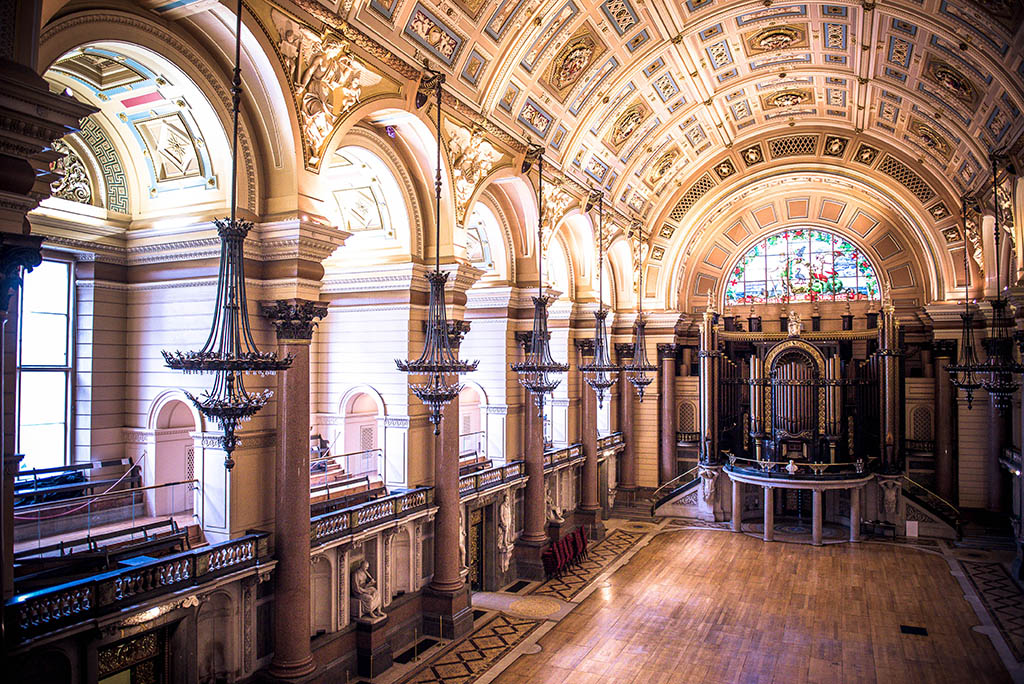
The Great Hall, with the Willis Organ in view.
The vast and splendid Great Hall was designed by Charles Robert Cockerell and is 169ft long, 77ft wide, and 82ft to the crown of the ornate barrel-vaulted ceiling. Adorned with statues of notable figures and illuminated by pretty chandeliers, this grand room also houses the Willis organ, which contains 7,737 pipes and was the largest in the country at the time that it was created.
Perhaps the Great Hall’s most famous gem of all is the Minton floor, which consists of over 30,000 encaustic tiles depicting the city’s coat of arms, sea nymphs, dolphins and tritons. The ornate surface was once the largest of its kind in the world and is revealed to the public for a limited period every year.
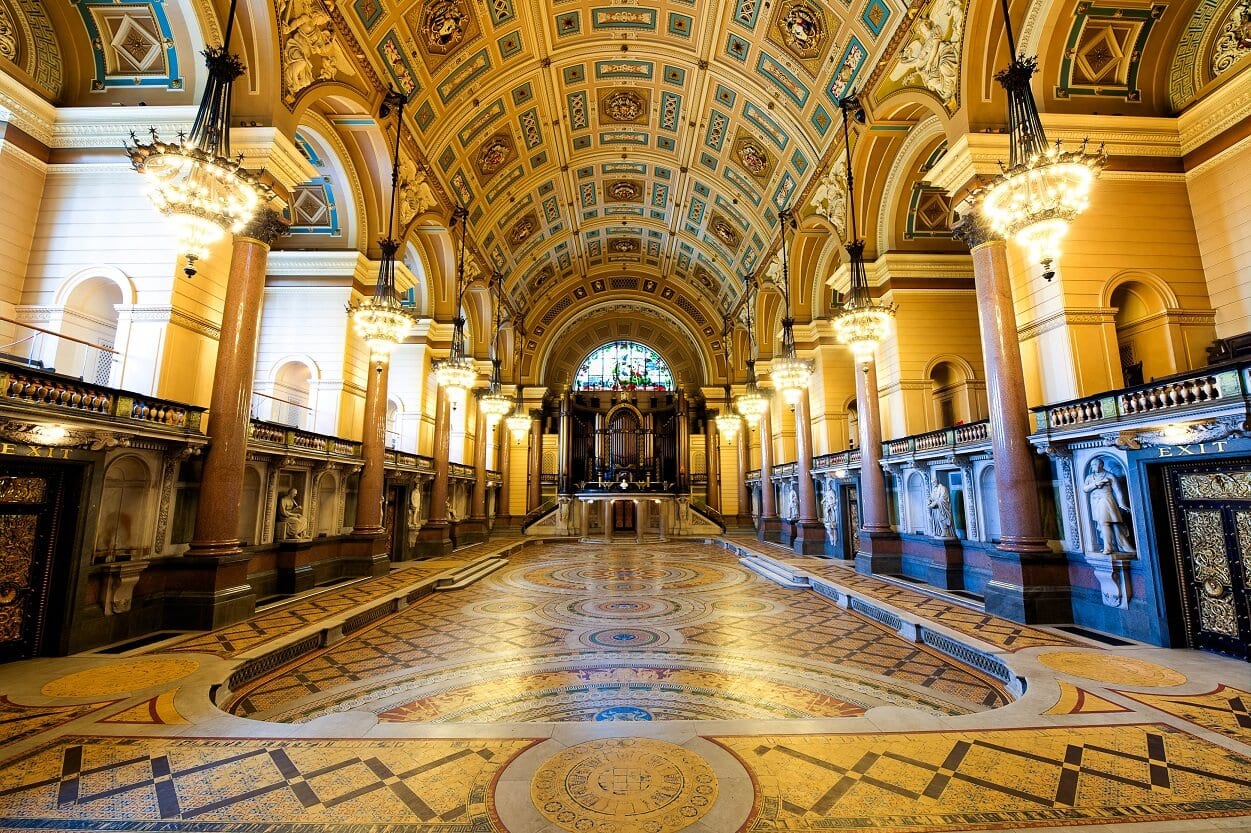
The Great Hall, with its famous Minton floor unveiled.
Due to its enormous scale and stunning architectural features, the Great Hall is a popular venue for all manner of ticketed and corporate events, weddings and on-location filming (making it a star attraction in its own right).
The Concert Room
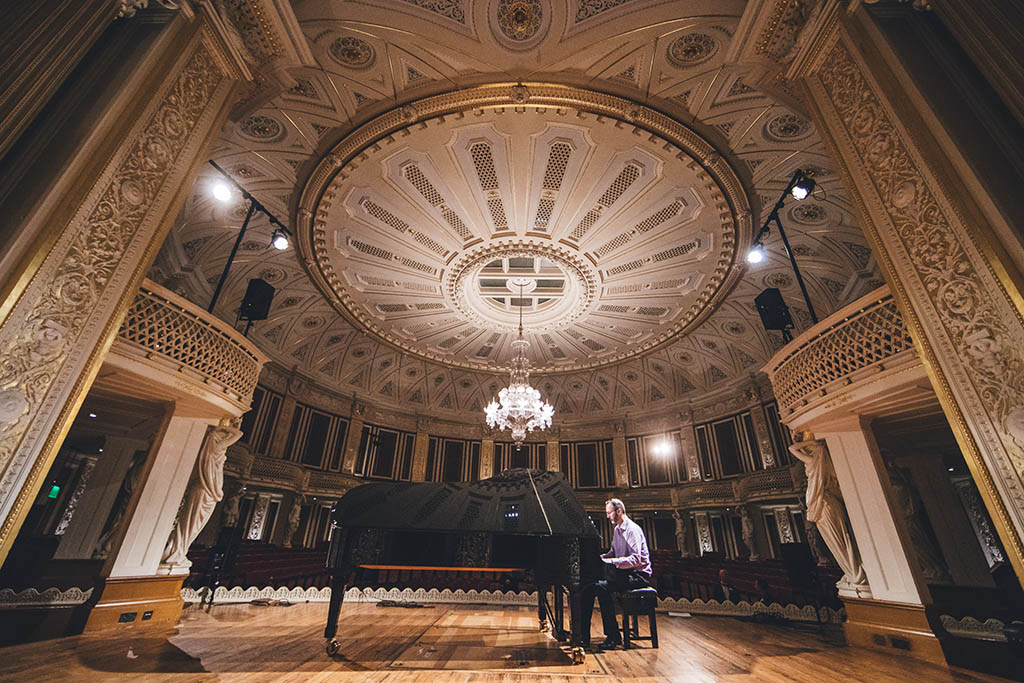
The Concert Room at St George’s Hall
The more intimately sized (yet, just as sumptuous) Concert Room was also designed by Cockerell and completed in 1856. At 72ft wide 77ft long, this opulent and charming space was designed using elliptical measuring and houses a lavishly decorated stage which is 30ft wide by 12ft long.
A balcony supported by caryatids runs around the room, while arabesque-decorated columns support a picturesque frieze featuring griffins. This all builds up to the ornate ceiling, which carries a breath-taking 2,824-piece chandelier.
Due to its rich and striking interior décor, the same room which Charles Dickens once described as “the most perfect Hall in the world” was formerly known as the Golden Concert Room and was refurbished prior to the reopening of St George’s Hall in 2007. Like the Great Hall, it has established itself as a popular venue for weddings, as well as ticketed and corporate events.
Pioneering Ventilation
Hidden beneath the grandeur of the entertainment rooms and oppressive atmosphere of the courts there exists a vast underground space designed to house the original system for heating and ventilating the building.
This complicated system was the invention of Victorian engineer Dr David Boswell Reid and the instructions for operating it ran to many pages!
Prisoners were also thought of in Reid’s design; the cells would be inspected from time to time, warming the corridor with the steam pipes and infusing a supply of air into it when required.
“Where all memorable moments in Liverpool life converge…”
Ever since its inception, St George’s Hall has become the emotional heart of Liverpool; a place where people congregate, celebrate and commemorate. A place where all memorable moments in Liverpool life converge…
This is largely due to the central location of St George’s Plateau acting as a focal point for mass gatherings, celebrations, protests, vigils and memorial services. From Lord Kitchener’s inspection of the Liverpool Pals battalion back in 1915 to vigils held following the deaths of Beatles members, John Lennon (1980) and George Harrison (2001); from annual Remembrance services to numerous commemorations following the Hillsborough tragedy; from various industry strikes in the early 20th century to #BlackLivesMatter protests in 2020. From multiple cup parades for both Liverpool and Everton football clubs to Ringo Starr performing on the roof to over 50,000 people during the People’s Opening of European Capital of Culture back in 2008.
The list goes on, but the above examples provide a glimmer of insight into various points when St George’s Plateau has provided the setting during good, bad, happy and sad times in Liverpool’s history. From the Victorian period right through to the present day, this sense of congregation, commemoration and celebration has continued to exist – therefore, sealing its status as “The People’s Plateau”.
Below, we have included images of just a few significant moments to have taken place on St George’s Plateau. Click on the images to enlarge and scroll through…
-
TOP ROW, LEFT TO RIGHT: 1904 – ROYAL VISIT OF KING EDWARD VII; 1910 – MAY DAY PARADE; 1911 – LIVERPOOL GENERAL TRANSPORT STRIKE, WHICH LATER BECAME KNOWN AS “RED SUNDAY”; 1915 – LORD KITCHENER INSPECTS THE LIVERPOOL PALS BATTALION. ALL IMAGES © LIVERPOOL RECORD OFFICE.
-
SECOND ROW, LEFT TO RIGHT: 1919 – VICTORY PARADE FOR PEACE DAY; 1920 – ROYAL VISIT OF KING GEORGE V; 1930 – OFFICIAL UNVEILING OF THE LIVERPOOL CENOTAPH; 1980 – VIGIL FOR JOHN LENNON. ALL IMAGES © LIVERPOOL RECORD OFFICE.
-
BOTTOM ROW, LEFT TO RIGHT: 2008 – THE PEOPLE’S OPENING, MARKING LIVERPOOL’S YEAR AS EUROPEAN CAPITAL OF CULTURE © PETE CARR; 2016 – VIGIL FOLLOWING THE INQUEST INTO THE HILLSBOROUGH TRAGEDY © LIVERPOOL ECHO; 2017 – THE JOEY PUPPET FROM THE STAGE PRODUCTION, WAR HORSE, WHICH WAS THEN ON AT THE LIVERPOOL EMPIRE THEATRE, MAKES A POIGNANT APPEARANCE DURING THE CITY’S ANNUAL SERVICE OF REMEMBRANCE; 2018 – XOLO MAKES A SURPRISE VISIT TO ST GEORGE’S PLATEAU DURING DAY 1 OF THE CITY’S THIRD AND FINAL GIANT SPECTACULAR EVENT, LIVERPOOL’S DREAM.
In addition to gatherings on the Plateau, St George’s Hall itself has hosted thousands of celebrations over the years. Indeed, weddings are a daily occurrence here, while we have also hosted all manner of private, corporate and ticketed events for visitors to enjoy – not forgetting the use of our Hall for cultural events!
Take a look at the gallery below to explore a selection of celebrations we have hosted over the years. Click on the images to enlarge and scroll through…
St George’s Hall on Screen
If you have yet to visit St George’s Hall in person, there’s still a good chance that you’ve seen it either on your television or at the cinema.
Over the years, our unique building has acted as a filming location for productions such as In the Name of the Father, Brookside, Coronation Street, Peaky Blinders, Fantastic Beasts and Where to Find Them, Tin Star, The Irregulars, BBC’s War of the Worlds, Tolkien, and The Batman to name just a few.
With its imposing exterior and its incredible variety of spaces, ranging from old prison cells and law courts to a Great Hall and Concert Room – and, of course, not forgetting the underground galleries and catacombs – it’s easy to see why St George’s Hall has become a hit with TV and Film production companies. Quite simply, each space provides something different, ensuring that we are a multitude of locations, rather than one.
-
ROW ONE: TIN STAR: LIVERPOOL © SKY
-
ROW TWO: PEAKY BLINDERS © ROBERT VLASKIN
-
ROW THREE: PEAKY BLINDERS © ROBERT VLASKIN
-
ROW FOUR: PEAKY BLINDERS © ROBERT VLASKIN
-
ROW FIVE: PEAKY BLINDERS © ROBERT VLASKIN; PEAKY BLINDERS © FANGIRL QUEST
-
ROW SIX: FANTASTIC BEASTS AND WHERE TO FIND THEM; IN THE NAME OF THE FATHER © JONATHAN HOLLEY; THE BATMAN © 2020 WARNER BROS. ENTERTAINMENT INC. ALL RIGHTS RESERVED
-
ROW SEVEN: THE BATMAN © 2020 WARNER BROS. ENTERTAINMENT INC. ALL RIGHTS RESERVE
Of course, every star needs a supporting cast. While we have proven to be popular on screen due to the aesthetic nature and flexibility of our spaces, our dedicated staff work in tandem with the Liverpool Film Office team to ensure that the needs of various production teams, casts and crews are met. Without this sublime collective effort, we would not have been able to have secured such top-quality productions over the years. Our hope is that you’ll be seeing more and more of our Hall on screen in the future.
Interested in filming at St George’s Hall? Find out more and apply at www.liverpoolfilmoffice.tv.
St George’s Hall Charitable Trust

St George’s Hall Charitable Trust is an independent board of members, who dedicate their own time to protect, preserve and enhance our Grade I listed building.
Our Trustees raise funds through various events and campaigns (in 2016, they commissioned Craven Dunnill Jackfield Ltd to restore a Minton tile roundel on the perimeter of our famous floor, while they have welcomed speakers such as David Olusoga, Lucy Worsley and Michael Heseltine in recent years).
A donation to St George’s Hall Charitable Trust supports the conservation and restoration of the Hall, creating more memorable moments for visitors and residents of Liverpool. You can become part of the story by making a donation to the Trust via the button below.
